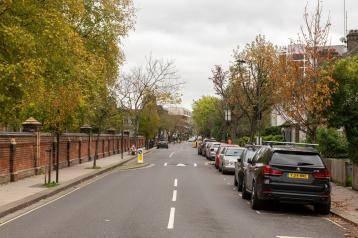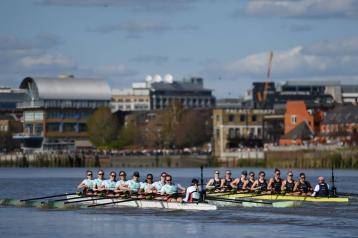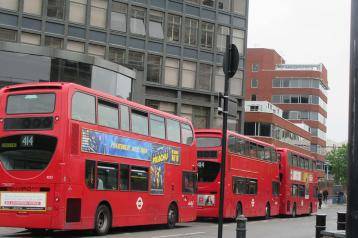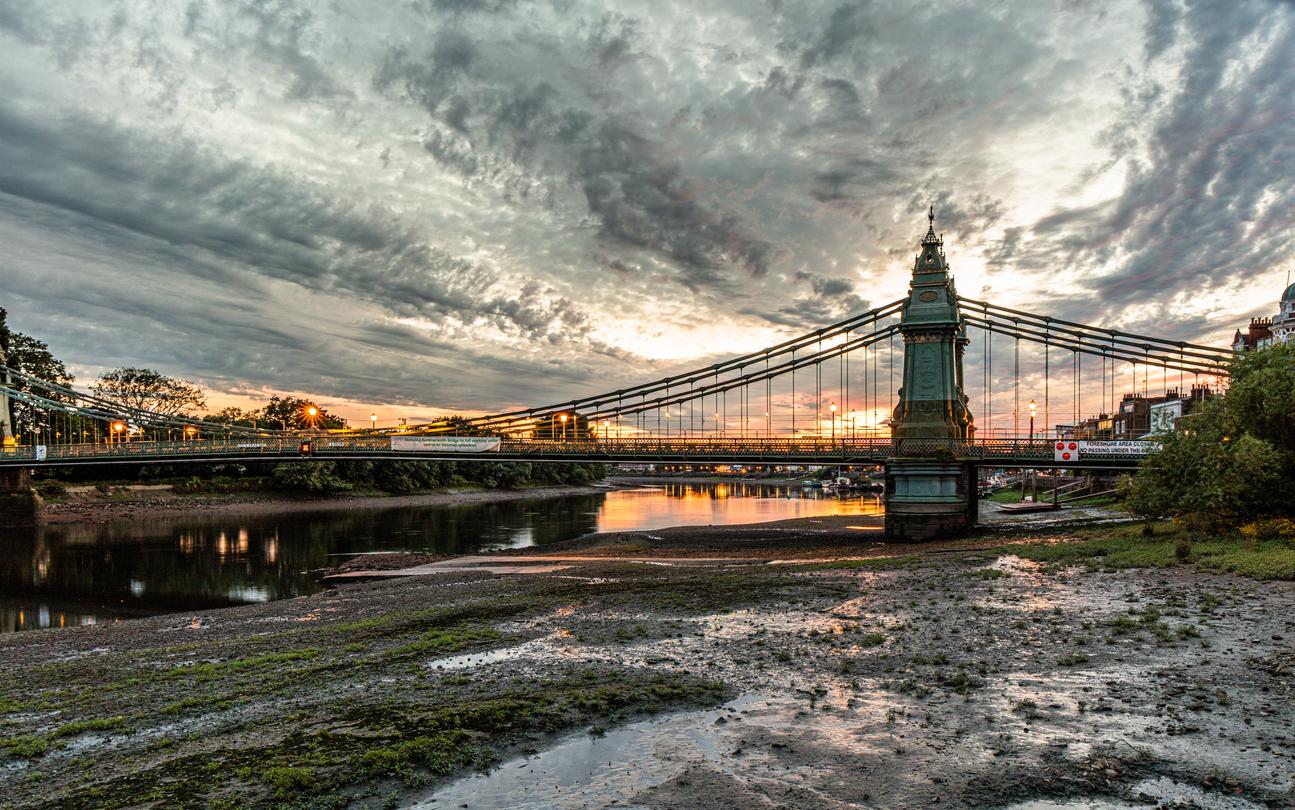
The iconic Hammersmith Bridge at sunset
Hammersmith & Fulham Council is calling on Thames Water to tackle local flooding problems and end its sewage dumps in the river.
Recently new data revealed how frequently the water giant pumps raw sewage into the Thames – sometimes for days on end. It follows harsh criticism from water utility regulator Ofwat saying that Thames Water has failed to spend its budget to reduce the local flooding issues that causes its Victorian sewer network to overflow.
"Thames Water has to take action now to avoid sewage routinely being dumped in the river and threatening local people's homes," said Cllr Sharon Holder, H&F Member for the Public Realm.
"This means investing in drainage schemes, green roofs and rainwater harvesting. In heavy rainfall, it is not acceptable for Thames to use sewage overflows as the norm, damaging where our residents live."
A new interactive storm discharge map shows dozens of locations where Thames Water is using storm overflow sites to dump sewage across London. Four of these sites are located on Hammersmith's riverside, with the latest spillage recorded as recently as 16 January outside the Fulham Reach Boat Club.

Fix the floods
The key to preventing rainwater from overloading Thames Water's Victorian sewer system is to create more sustainable drainage schemes. This infrastructure helps lower the risk of flooding by diverting the rainwater to the ground instead of roadside gullies that push it directly into the sewer network.
In December, water regulator Ofwat told the Guardian: "We expect companies to deliver the service improvements they were funded to deliver.
"The lack of investment … is extremely disappointing, especially in light of the poor performance for customers and the environment. Failure to invest or delays to investments mean that vital improvements are not being made or are late."
H&F Council has recently pioneered local sustainable drainage schemes – with several winning prestigious awards.
And according to new government rules, grassed areas and permeable surfaces will become mandatory for new developments in England from 2024 to help solve the problem.
Unable to cope
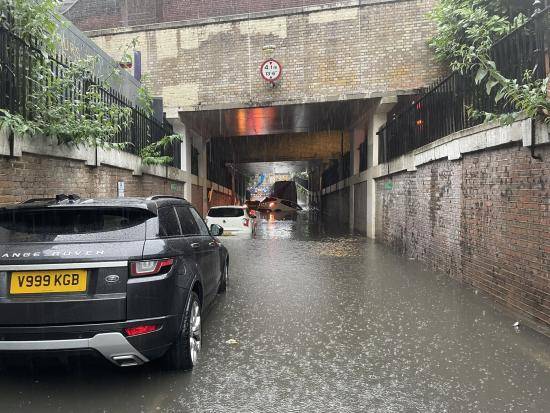
During a period of very heavy rainfall in July 2021, H&F was one of the hardest-hit boroughs in London affected by flooding.
It occurred due to Thames Water's local sewer network being overwhelmed, with the mixture of sewage and rainwater surging back into local homes and businesses via toilets, baths and sinks. More than 1,500 local properties were flooded.
Environmental groups claim that river dumps have become more of a necessity than an exception to the rule as outdated treatment works are unable to cope even with average amounts of sewage.
And while the new 25km 'super sewer' tunnel will help provide more capacity to the sewer network once it opens in 2025, river dumps will remain the norm during intense rainfalls.
Danger to residents and wildlife
Sewage in the Thames is a health risk to river users – specifically the members of H&F's four boat clubs – but also to local wildlife.
The river is home to more than 125 species of fish and a large number of animals. These include the endangered eel – the European smelt – known to breed near Hammersmith, as well as some seahorses and seals.
Sewage also promotes bacteria which decreases the amount of oxygen available in the water for creatures. Eventually, the lack of oxygen negatively affects the entire food chain.
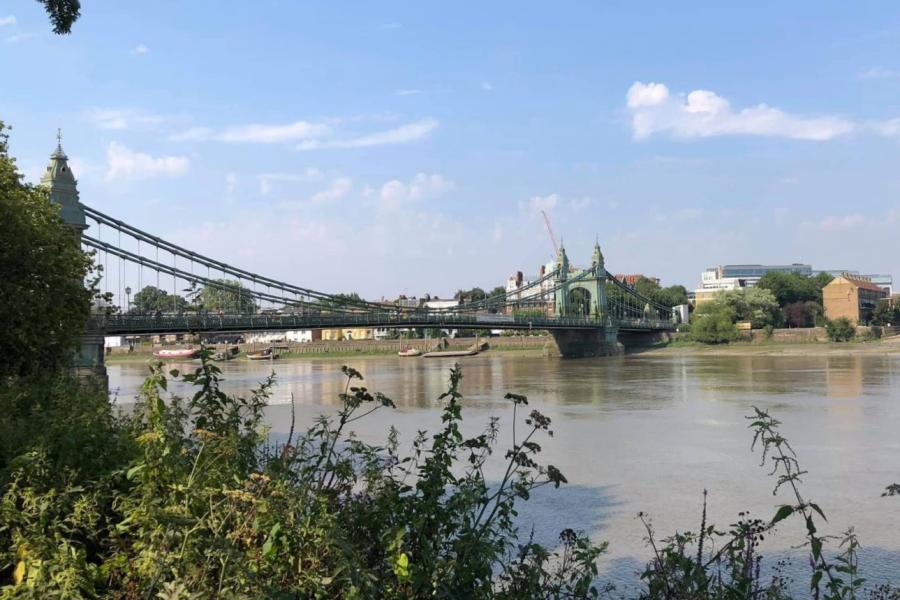
Want to read more news stories like this? Subscribe to our weekly e-news bulletin.

